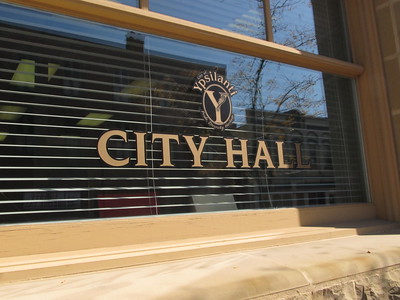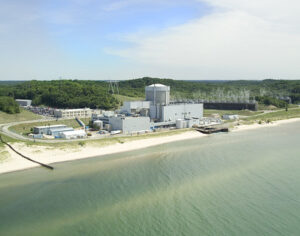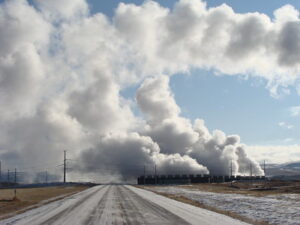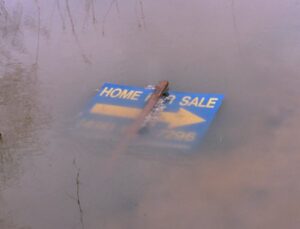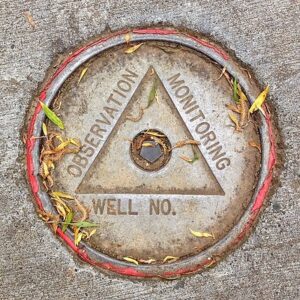The czb Report, which I wrote about yesterday, made some interesting points in 2014 about where the authors thought the Washtenaw County housing market was going. The report focused on Ann Arbor, Pittsfield Township, the City of Ypsilanti, and Ypsilanti Township, which are defined collectively as “the target area.”
As I mentioned yesterday, the report takes the position that there is a zero-sum game at work here: Ann Arbor’s gains represent an equal and opposite loss from Ypsilanti, and vice versa. That’s not the case. For example, since the decennial census, Ann Arbor has lost population, but so has Ypsilanti. Clearly, Ann Arbor’s loss was not Ypsilanti’s gain.
The operation of the Greenbelt makes a loss in population in Ann Arbor a reasonable outcome. As the price of housing in Ann Arbor goes up, fewer new residents can afford to move into the City and certain City residents can no longer afford to live there. This typically happens when a city establishes a greenbelt; the city accepts a lower population and restricted housing development in exchange for higher property values among existing properties.
Also at work may be a calculated strategy on the part of Ann Arbor residents to sell their homes at a high price and use the proceeds to purchase a larger home at a lower cost in a more affordable area. This strategy might be attractive for retirees who are looking to escape the area altogether.
The czb Report could not have contemplated the rise of remote work as a consequence of the COVID-19 pandemic. Employment may have no discernible influence over where people live, so those who do not need to live in a high-cost area may choose to move elsewhere.
Ypsilanti needs new industries to complete recovery
Similarly, Ypsilanti probably exchanges population with Ypsilanti Township, Pittsfield Township, and areas in western Wayne County. Like Ann Arbor, there has been very little movement toward the development of additional housing in the City of Ypsilanti, in part because the availability of buildable land is very limited.
Virtually all parcels have been developed, so new housing would represent redevelopment. Further, about two-thirds of the houses in the City of Ypsilanti are now owned by landlords. It’s highly unlikely that these units will be redeveloped, absent some type of catastrophe that renders them uninhabitable.
There is some truth to the gain/loss perspective of the report, though. Certain areas of Washtenaw County have not yet fully recovered from the Great Recession. The City of Ypsilanti struggles to cope with properties whose taxable values are 25% lower today than they were in 2003, when taxable valuation is adjusted for inflation. Ypsilanti Township faces the same challenge; its taxable valuation is 17% lower today than it was two decades ago. The end result for residents of Ypsilanti and Ypsilanti Township is a loss of services that the municipalities can no longer afford to provide, and increased taxation to pay for the most basic services like police and fire protection, and sanitation.
The loss of taxable valuation explains why missteps like the Water Street debacle have been so costly to the City of Ypsilanti. It also underscores the need to attract new employers and industries to the area. The best way to do that is to create programs that develop the area’s future workforce while simultaneously establishing new industries here.
Ann Arbor does not face these same challenges, and this reality is why we need new voices and new perspectives on the WCC Board of Trustees.
Photo Credit: Heritage Media
